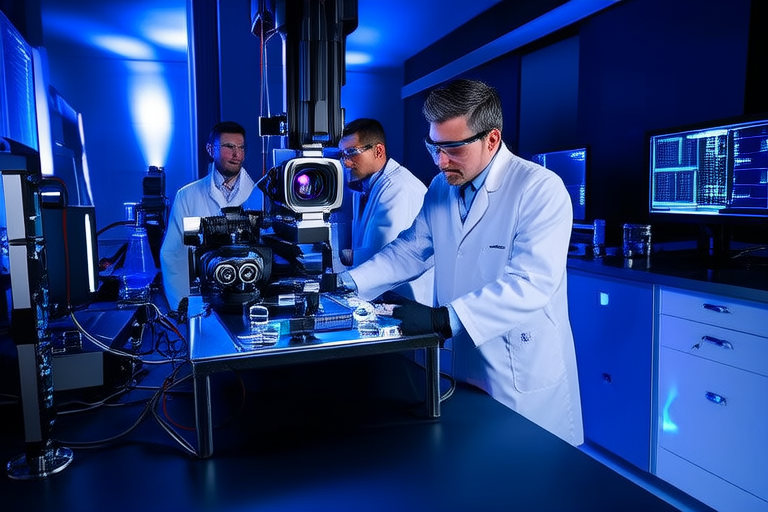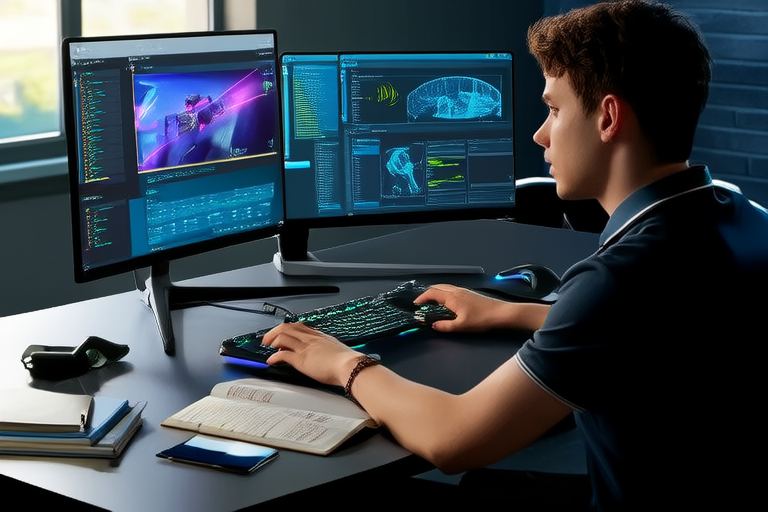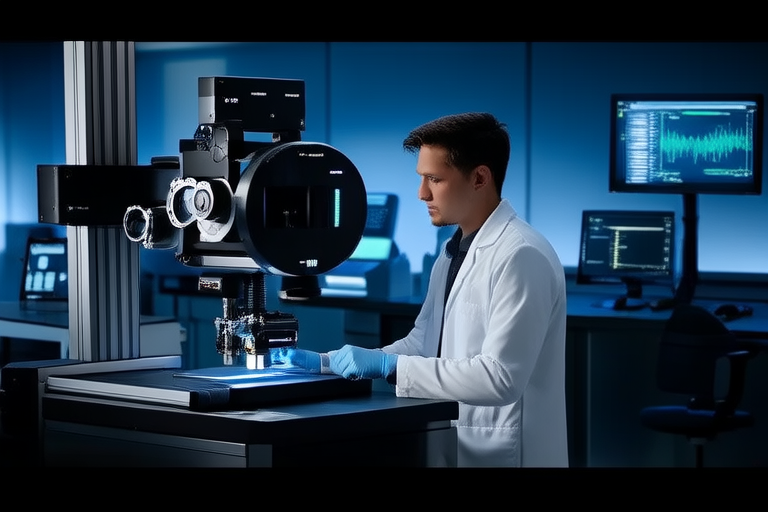The Power of Pixels: Exploring Advances in Computer Vision Technology
Introduction
Computer vision is a rapidly advancing field within artificial intelligence (AI) that enables machines to interpret and understand visual information from the world around them. By analyzing images and videos, computer vision systems can perform tasks that typically require human visual perception, such as recognizing objects, identifying patterns, and making decisions based on visual data. This technology has become increasingly significant in today’s technological landscape, powering innovations in industries ranging from healthcare to autonomous vehicles.
At its core, computer vision involves processing pixels to extract meaningful information. An image is essentially a grid of pixels, each representing a color value. By applying algorithms and machine learning techniques, these pixels are transformed into structured data that can be analyzed and interpreted. This process allows computers to “see” and understand the visual world, opening up a wide range of possibilities for automation, decision-making, and problem-solving.
Historical Context
The journey of computer vision began in the mid-20th century when researchers first attempted to teach machines to recognize patterns in images. Early efforts focused on simple tasks like character recognition and basic shape detection. One of the earliest milestones was the development of the Optical Character Recognition (OCR) system in the 1950s, which allowed computers to read printed text.
In the 1980s, advancements in computational power and algorithmic techniques led to more sophisticated image recognition systems. The introduction of neural networks in the late 1980s marked a turning point, as these models could learn to recognize patterns in large datasets without explicit programming. However, it wasn’t until the advent of deep learning in the 2010s that computer vision truly came into its own. Deep learning, particularly convolutional neural networks (CNNs), enabled machines to achieve unprecedented accuracy in tasks such as object detection and facial recognition.
Core Concepts
To fully grasp the capabilities of computer vision, it’s essential to understand some key concepts:
- Image Processing: This involves manipulating digital images to enhance their quality, remove noise, or highlight certain features. Techniques include filtering, segmentation, and edge detection.
- Object Detection: This refers to the ability of a computer vision system to identify and locate objects within an image or video. Common algorithms include Faster R-CNN and YOLO (You Only Look Once).
- Facial Recognition: This technology identifies and verifies individuals based on unique facial features. It has numerous applications, from unlocking smartphones to enhancing security systems.
- Scene Understanding: This encompasses the broader task of comprehending the context and relationships within an image. Scene understanding systems can infer the activities taking place, the roles of different objects, and the overall environment.
Deep learning and neural networks play a crucial role in enhancing these capabilities. Neural networks, especially CNNs, are designed to mimic the way the human brain processes visual information. They consist of multiple layers of interconnected nodes that automatically learn to recognize patterns in data. By training on vast datasets, these networks can achieve high levels of accuracy in tasks such as object classification and image generation.
Current Applications
Computer vision technology is transforming industries in ways previously unimaginable. Here are some notable applications:
Healthcare
In healthcare, computer vision is revolutionizing diagnostics and patient care. For example, AI-powered imaging tools can analyze medical scans to detect abnormalities such as tumors or fractures with greater precision than human radiologists. Additionally, surgical robots equipped with computer vision systems can assist surgeons in performing minimally invasive procedures with enhanced accuracy.
Automotive
The automotive industry is leveraging computer vision to develop autonomous vehicles. These vehicles rely on a combination of sensors, including cameras, lidar, and radar, to perceive their surroundings and make real-time decisions. Computer vision systems enable vehicles to detect pedestrians, obstacles, and traffic signs, ensuring safe navigation on roads.
Security
Computer vision is also enhancing security systems. Facial recognition technology is being used in airports, stadiums, and public spaces to identify individuals and prevent unauthorized access. Video surveillance systems equipped with advanced analytics can detect suspicious behavior and alert authorities in real time.
Retail
In retail, computer vision is improving customer experiences and operational efficiency. Smart shelves equipped with cameras can monitor inventory levels and trigger reordering when stock is low. Additionally, augmented reality (AR) applications allow customers to visualize products in their homes before making a purchase.
Entertainment
The entertainment industry is embracing computer vision to create immersive experiences. Virtual reality (VR) and AR headsets use computer vision to track user movements and provide interactive environments. Furthermore, AI-driven animation tools can generate realistic characters and effects, reducing the need for extensive manual labor.
Challenges and Limitations
Despite its many successes, computer vision still faces several challenges and limitations:
- Handling Occlusions: When objects are partially obscured, it becomes difficult for computer vision systems to accurately identify them. This issue is particularly relevant in crowded environments or situations where objects overlap.
- Lighting Variations: Changes in lighting conditions can significantly affect image quality, making it harder for systems to distinguish between similar objects or colors.
- Ambiguous Scenes: In complex or cluttered environments, distinguishing between relevant and irrelevant information can be challenging. Systems may struggle to focus on the most important elements and ignore distractions.
Additionally, there are ethical considerations surrounding the use of computer vision technology. Privacy concerns arise when facial recognition systems are used to track individuals without consent. There is also the risk of misuse, such as using AI-driven surveillance to infringe on personal freedoms. Ensuring responsible deployment of computer vision systems is crucial to maintaining trust and preventing harm.
Future Prospects
The future of computer vision looks promising, with ongoing advancements expected to address current limitations and unlock new possibilities. Improved accuracy, speed, and adaptability will enable systems to handle more complex tasks and operate in diverse environments.
Emerging trends such as edge computing and augmented reality are set to further enhance computer vision capabilities. Edge computing allows for real-time processing of data at the source, reducing latency and enabling faster decision-making. Augmented reality, meanwhile, integrates computer vision with virtual overlays, creating immersive experiences for users. As computer vision continues to evolve, it will likely become more integrated with other technologies, leading to even more innovative applications.
Conclusion
Computer vision holds immense potential for driving innovation and shaping the future of technology. From healthcare to entertainment, its applications are vast and varied, offering solutions to complex problems and improving efficiency across industries. While challenges and ethical considerations remain, ongoing research and development promise to overcome these hurdles and unlock new frontiers in computer vision.
We encourage readers to stay informed about the latest developments in this exciting field. As computer vision continues to advance, it will undoubtedly play a pivotal role in transforming our world and addressing pressing global challenges.



